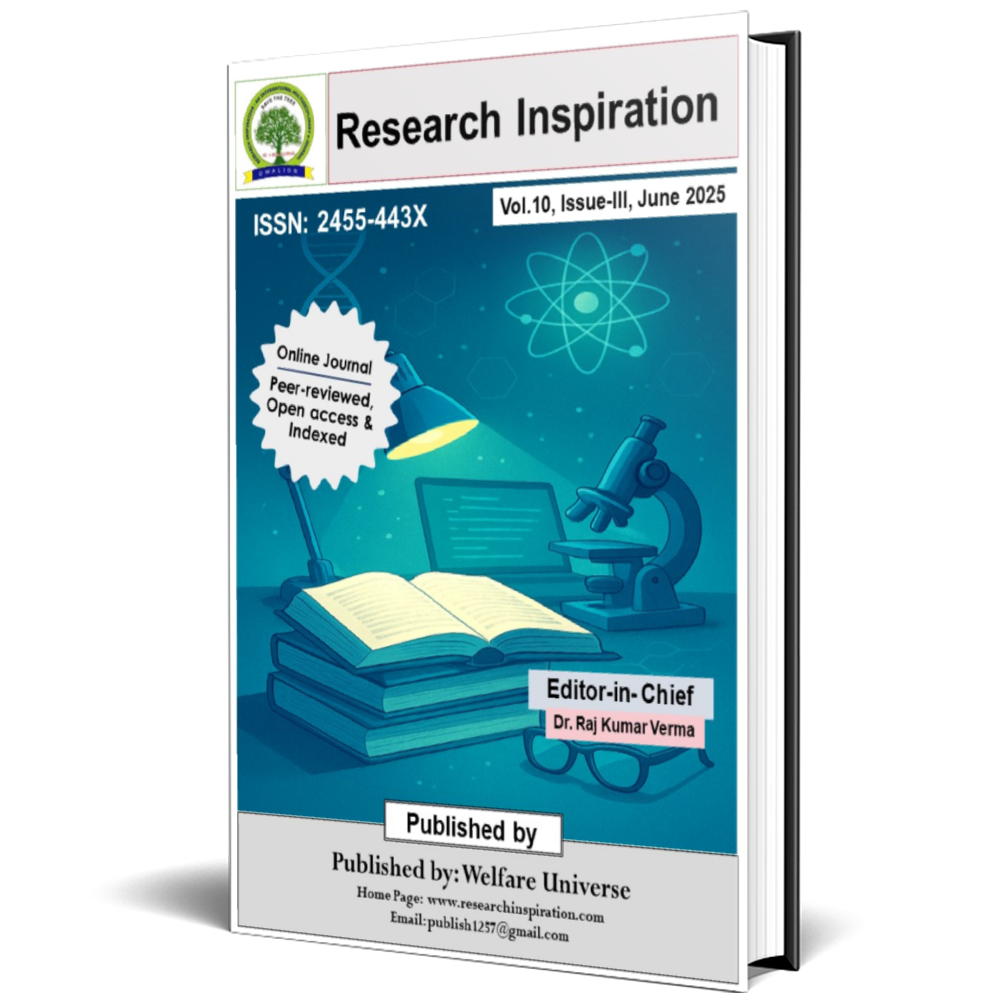Artificial Intelligence-Driven Computer-Assisted Instruction: Innovative Applications and Practical Pathways
Main Article Content
Abstract
With the widespread adoption of computers and technological advancements, humanity continues to benefit from and expand their functionalities. This study, based on a weighted reasoning model, conducted an experimental investigation into the application of artificial intelligence (AI) technology in computer-assisted instruction (CAI). Students were divided into two groups: one using the traditional learning approach and the other utilizing an AI-assisted teaching system. Their performance was evaluated through comparative score analysis. The data indicated that the system operated normally, with core functions processing data accurately, meeting instructional requirements, and proving user-friendly for both teachers and students. Experimental results showed that the traditional teaching group achieved an average score of 74.77, while the AI-assisted group scored significantly higher at 84.98. This study confirms that AI-based teaching systems can effectively address the limitations of conventional classroom instruction, demonstrating substantial potential for further research.
Article Details

This work is licensed under a Creative Commons Attribution-NonCommercial 4.0 International License.
References
Zheng S, Zhu S. A Study of Computer Aided Translation Based on Artificial Intelligence Technology[J]. Journal of Physics: Conference Series, 2020, 1646(1):012127 (4pp).
Li B, Ding S, Song G, et al. Computer-Aided Diagnosis and Clinical Trials of Cardiovascular Diseases Based on Artificial Intelligence Technologies for Risk-Early Warning Model[J]. Journal of Medical Systems, 2019, 43(7):228-.
Ahmad OF, Soares A S, Mazomenos E, et al. Artificial intelligence and computer-aided diagnosis in colonoscopy: current evidence and future directions[J]. The Lancet Gastroenterology & Hepatology, 2019, 4(1):71-80.
Fei, Gao, Yi, et al. Artificial intelligence in computer-aided diagnosis of abdomen diseases[J]. ence China (Life ences), 2019, v.62(10):128-131.
Mori Y, Kudo S E, Morp K . Implementation of artificial intelligence into colonoscopy: Experience of research and development of computer-aided diagnostic system for endocytoscopy[J]. Nippon Shokakibyo Gakkai Zasshi, 2018, 115(12):1030-1036.
Kai, Hui, Zhen, et al. [Study on the Clinical Evaluation of Image-based Artificial Intelligence Aided Diagnosis Software Approved in the United States]. [J]. Zhongguo yi liao qi xie za zhi = Chinese journal of medical instrumentation, 2019, 43(5):379-383.
Ye Z , Yang J , Zhong N , et al. Tackling environmental challenges in pollution controls using artificial intelligence: A review[J]. The ence of the Total Environment, 2020, 699(Jan.10):134279.1-134279.28.
Komeda Y, Handa H , Matsui R , et al. COMPUTER-AIDED DIAGNOSIS (CAD) BASED ON CONVOLUTIONAL NEURAL NETWORK (CNN) SYSTEM USING ARTIFICIAL INTELLIGENCE (AI) FOR COLORECTAL POLYP CLASSIFICATION[J]. Endoscopy, 2019, 51(04):-.
Majumdar B, Sarode S C, Sarode G S, et al. Technology: Artificial intelligence[J]. British dental journal, 2018, 224(12):916-916.
Lim H W, Hau Y W, Lim C W, et al. Artificial intelligence classification methods of atrial fibrillation with implementation technology[J]. Computer Assisted Surgery, 2016, 21(sup1):154-161.
Disclosure of potential conflicts of interest
The author(s)/Co-author (s) declared no potential conflicts of interest with respect to the research, authorship, and/or publication of this article.
Funding
The author(s)/Co-author (s) received no financial support for the research, authorship, and/or publication of this article and/or others from any of the Institution.




